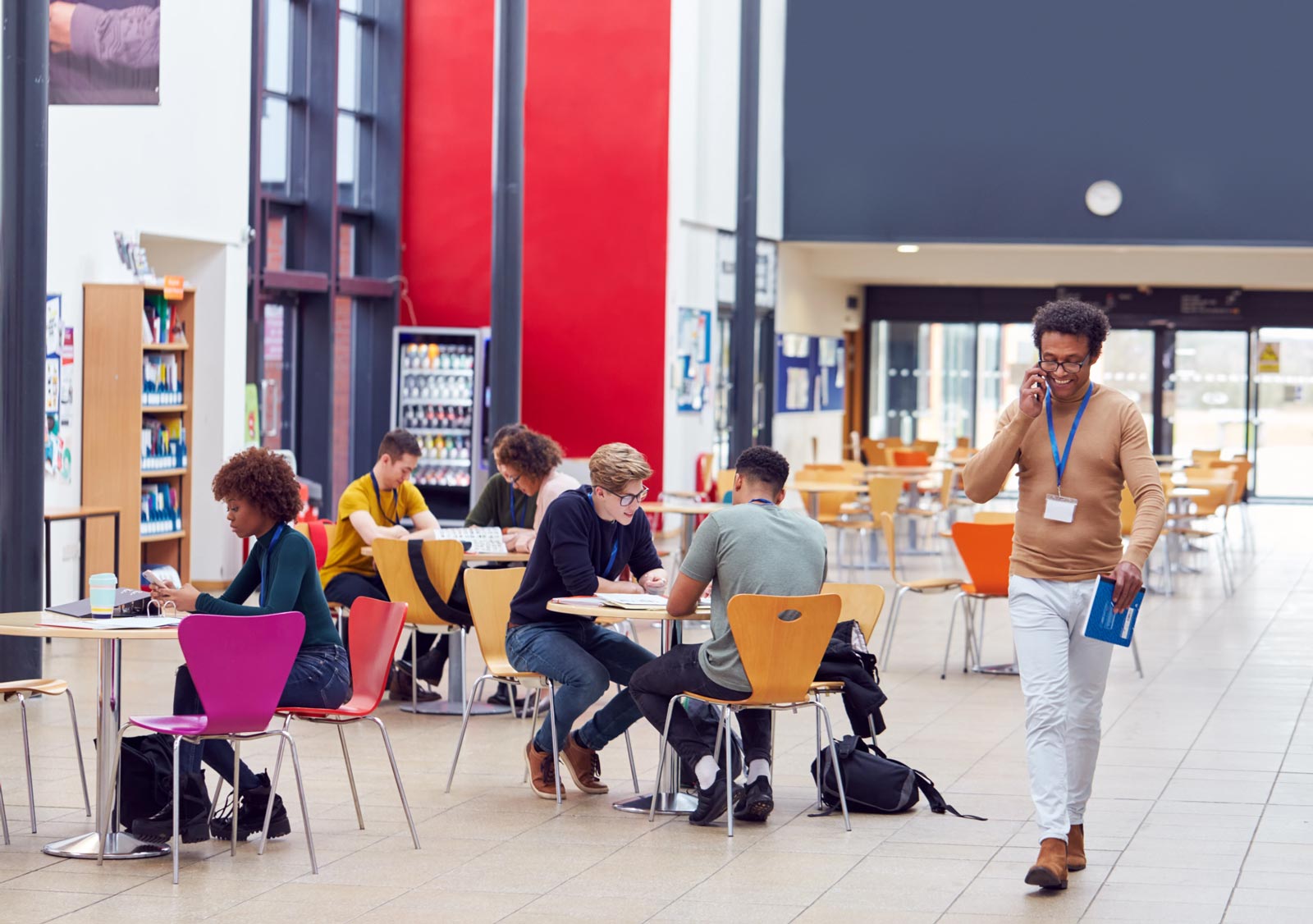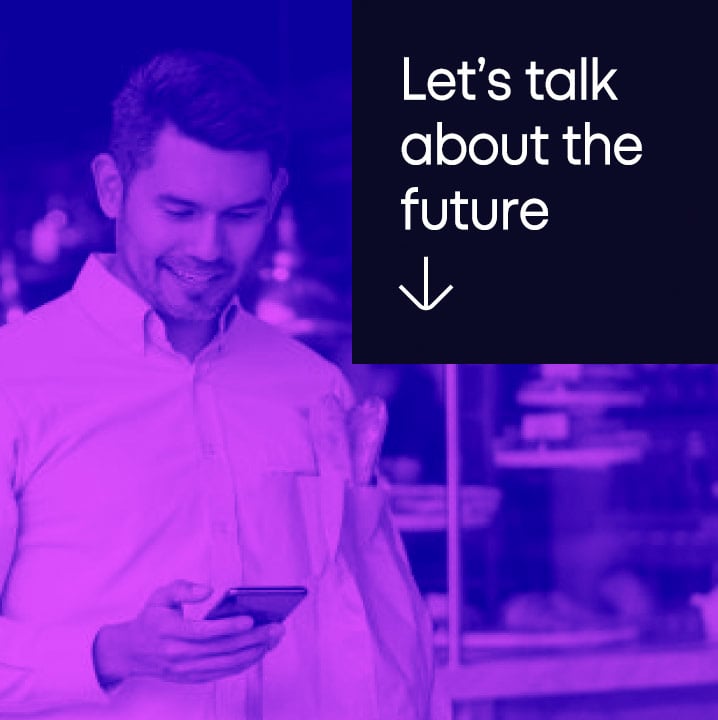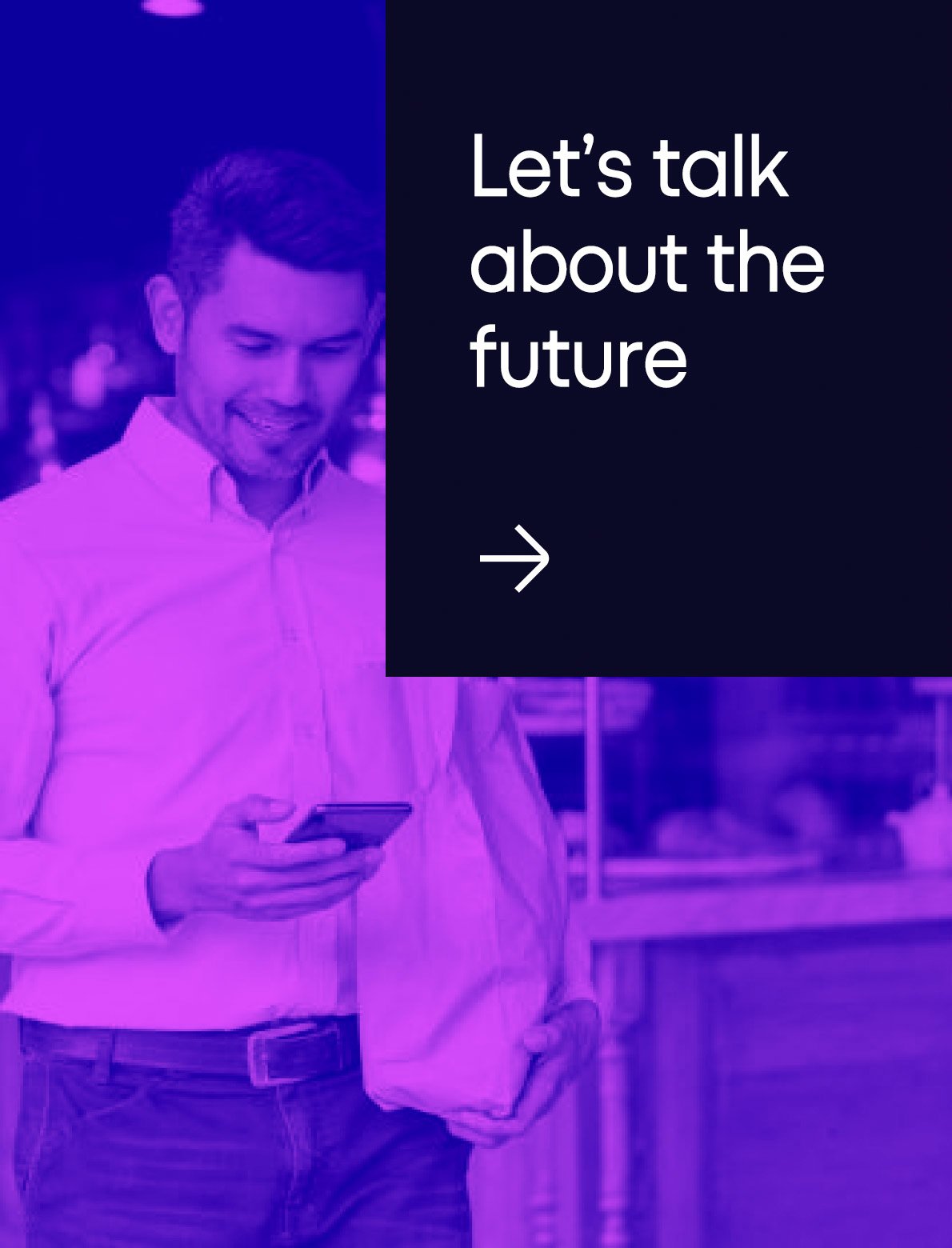Winter and spring of 2021 are seeing the rollout of the Covid-19 vaccines, which will hopefully continue to gain momentum and lead to the eventual end of the pandemic. In the meantime, large campuses like universities and corporate headquarters are starting to bring students and employees back into the campus foodservice environment. Companies like Compass and Aramark partner with Zippin to provide checkout-free technology solutions for their customers in campus foodservice and corporate cafeteria environments.
We talked with Zippin CEO Krishna Motukuri about the latest trends in campus foodservice and corporate cafeterias, and how checkout-free technology can create a safer, better dining experience during the pandemic and beyond.
Q. What are some big trends that you’re seeing and hearing from clients right now with regard to cafeteria dining and corporate campus foodservice?
Krishna: “People are going to start getting vaccinated in greater numbers. Once vaccinated, employees will want to come back to work in offices, but with some notable differences. Many of them are likely to choose to work from home 1-2 days a week on a regular basis. This is the new normal we expect to see in most workplaces. The work-from-home infrastructure saw massive improvements during the pandemic, allowing employees to be equally productive whether working from home or in the office. So while employees craving social interactions with their colleagues might come into the offices a few days a week, they will avoid coming in a few days to save on commute time.
Foodservice operators have an opportunity right now to transform their operations for the new expectations of today’s customer base. People want to eat safely, they want selection, and they want to save time. Checkout-free technology can achieve all of these goals while helping foodservice operators better deal with the widely varying demand patterns stemming from irregular work-from-office schedules of employees.
Q. What are some of the changes to campus foodservice and corporate dining from the pandemic that you expect will continue?
Krishna: “Even before the pandemic, they were taking baby steps toward innovation. With the typical corporate cafeteria environment, especially at big companies, employees have to wait in long lines, and the peak demand for meal service all happens within 1 to 1.5 hours. This often causes the operations team to offer limited items for quicker service, so they can get people through. People line up at counters to pay, and they have to identify the items. Usually there are no bar codes.
Before the pandemic, companies were looking at novel self-checkout systems. Of course they had some technical challenges, and it was more focused on the payment process. The actual process of serving food hadn’t changed much with these systems.
The pandemic has forced all the players in the space to think holistically: how to improve the overall situation, not just piecemeal enhancements.”
Q. How do you see demand for corporate cafeterias being affected by the pandemic and Work From Home? And how can checkout-free technology help?
Krishna: “Campuses are going to be opening soon, it’s inevitable. But even as people come back to working at the office, they’re not going to be coming back at full capacity. If people work from home 30% of the time, this affects the economics of cafeterias significantly. What if there is a corresponding 30% reduction in demand?
So campus foodservice operators can take this opportunity to invest in new models. Give people a better experience, with no checkout lines, with a better selection of products for customers and better cost control and efficiency for the operations team, and it can be a win-win.”
Q. How does Zippin checkout-free technology work for campus foodservice and cafeterias?
Krishna: “Zippin offers a grab and go approach. Our technology works with smaller grab and go areas or micro markets on campuses that are served by larger centralized kitchens. This model is starting to take off, and it works well for hot food, not just packaged items that you would find on grocery store shelves.
Zippin’s technology works with commercial food warmers. Essentially, you can serve hot food, freshly prepared food, cooked, packaged, kept in a warmer. The packaging for each hot food item has a label that is distinguishable by color and design, so the system can tell which item gets picked. For example, if a customer chooses a pizza slice or a chicken sandwich, their food items are all pre-wrapped and packaged, the customer knows what they’re getting, and it’s grab and go. No checkout line required.”
Q. How do you see customer behavior changing after the pandemic, and how can foodservice operators be ready for that?
Krishna: “When cafeterias were centralized, there was the social distancing problem. Even after vaccinations, people are likely to be more sensitive to general safety and hygiene concerns for some time. This demand for socially distant alternatives is likely to continue. For instance, multiple Zippin “stores” in different buildings or different wings of a large building, served by a single kitchen will aid social distancing as well as reduce friction for the employees.
Also, with features such as built-in contact tracing, if there was to be an outbreak in the future, Zippin’s technology can help mitigate the problem. These technologies can be ways for foodservice operators to ease people’s fears and welcome them back to work, back to campus, with an enhanced, checkout-free cafeteria experience.”
Ready to learn more about how to deploy checkout-free technology for your campus foodservice or corporate cafeteria operations? Get in touch below.




